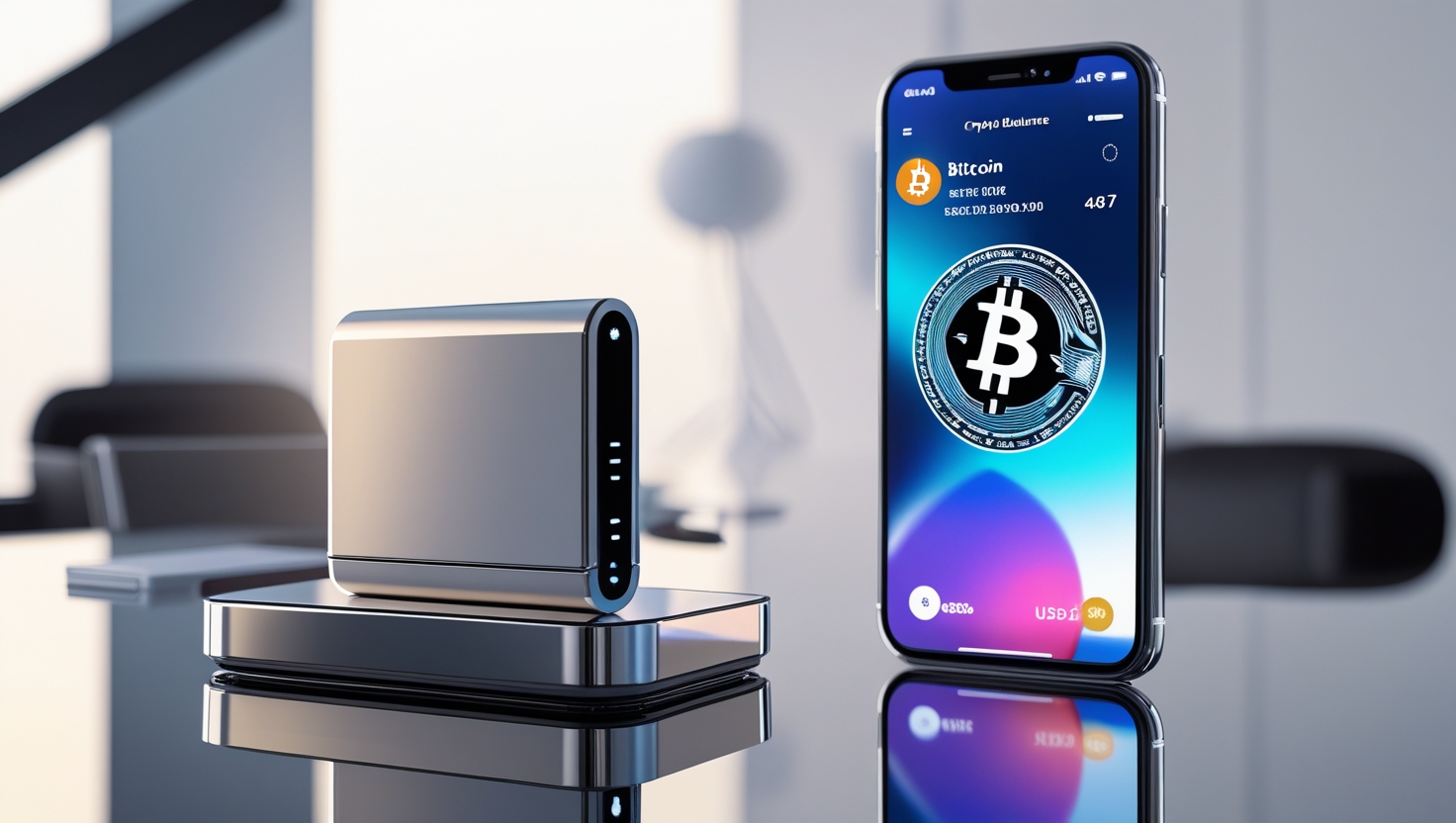Introduction:
What is a Crypto Wallet?
A digital asset wallet is a tool that allows users to safely store, send, and receive digital currencies. It acts as a gateway to blockchain networks, ensuring secure access to your holdings. Whether you are a beginner or an experienced investor, understanding digital wallets is essential for managing cryptocurrency effectively.
Table of Contents:
- Introduction to Digital Asset Wallets
- How Digital Wallets Work
- Types of Cryptocurrency Wallets
- Benefits of Using a Secure Wallet
- Tips for Choosing the Right Digital Wallet
- Frequently Asked Questions
What is a Digital Asset Wallet?
A cryptocurrency wallet is like an online version of a physical wallet, but instead of cash, it stores private and public keys that grant access to digital funds. Unlike traditional wallets, it doesn’t hold physical money but provides access to various cryptocurrencies.
How Do Digital Wallets Work?
These wallets interact with blockchain networks, enabling users to view balances, send funds, and secure assets through encryption.
Key Components:
- Public Key – Works like an account number that people can use to send funds.
- Private Key – A secret code that grants access to your assets.
Pro Tip: Never share your private key! If someone else gets it, they can access your funds.
Types of Cryptocurrency Wallets
1. Hot Wallets (Online & Easily Accessible)
Ideal for frequent transactions, these wallets remain connected to the internet. Examples:
- Mobile Wallets (Trust Wallet, MetaMask)
- Desktop Wallets (Exodus, Electrum)
- Web Wallets (MyEtherWallet, Blockchain.com)
2. Cold Wallets (Offline & Highly Secure)
These wallets store assets offline, making them less vulnerable to hackers. Types include:
- Hardware Wallets (Ledger, Trezor)
- Paper Wallets (Manually generated and printed keys)
Benefits of Using a Secure Wallet
✔ Enhanced Security – Protects against hacking attempts.
✔ Full Ownership – You control your private keys.
✔ Ease of Use – Allows simple transactions and asset tracking.
✔ Privacy – Keeps transaction history anonymous.
Tips for Choosing the Right Digital Wallet
✅ Strong Security Features – Look for encryption and multi-factor authentication.
✅ User-Friendly Interface – Ensure the app is easy to navigate.
✅ Supports Multiple Cryptocurrencies – Check compatibility with your assets.
✅ Backup & Recovery Options – Choose wallets that offer recovery phrases.
Related Questions About Digital Wallets
1. Is a Cryptocurrency Wallet Necessary?
Yes, it helps you securely store and manage your digital assets.
2. Are Hot Wallets Safe?
They are convenient but more vulnerable than cold wallets due to their internet connection.
3. How Do I Recover My Wallet?
Most wallets provide a backup phrase. Keep it safe to restore access.
Who Controls Your Digital Assets?
1. Custodial vs. Non-Custodial Wallets
- Custodial Wallets: Managed by third parties (e.g., Binance, Coinbase). You don’t control the private keys.
- Non-Custodial Wallets: You have full control over your assets (e.g., Trust Wallet, MetaMask).
2. Multi-Signature (Multi-Sig) Wallets
- Requires multiple approvals for transactions.
- Used by businesses and organizations for added security.
3. Smart Contract Wallets
- Automated transactions with pre-set rules.
- Extra security with account recovery options.
- Examples: Argent, Gnosis Safe.
4. Cryptocurrency Wallets & DeFi (Decentralized Finance)
- Lend crypto for interest earnings.
- Borrow funds without using a bank.
- Trade assets directly via decentralized exchanges (DEXs).
- Compatible wallets: MetaMask, Trust Wallet.
5. Hardware Security in Digital Wallets
- Uses specialized chips to store private keys securely.
- Popular among high-value investors.
- Trusted brands: Ledger, Trezor.
6. Social Recovery & Seedless Wallets
- Recover access using trusted contacts instead of a recovery phrase.
- Example wallets: Argent, ZenGo.
7. Cross-Chain Wallets (Multi-Blockchain Support)
- Support for multiple digital assets in one place.
- Examples: Keplr, Rabby Wallet.
8. Future of Digital Wallets
- AI-powered security to detect fraud.
- Quantum-resistant encryption to prevent cyber threats.
Additional Resources
Internal Links
Image Optimization
- Add an image titled “crypto-wallet.png” with alt text: Secure Digital Wallet for Storing Crypto.










